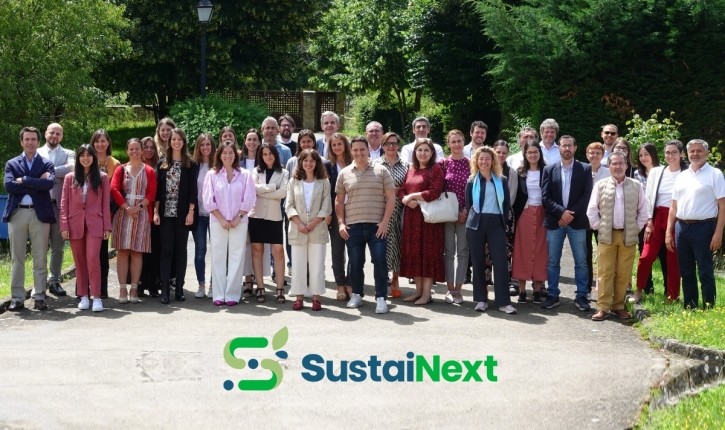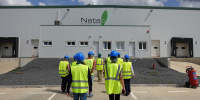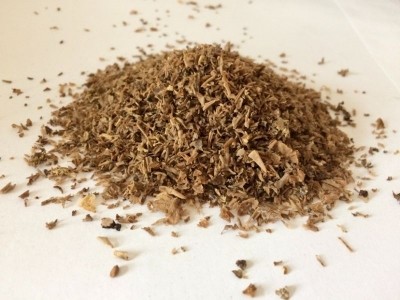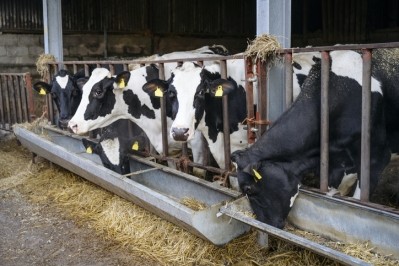Natac awarded €14m to develop dynamic biorefining model and meet net zero goals

CBE JU is a €2bn partnership between the EU and the Bio-based Industries Consortium (BIC) that funds projects advancing competitive circular bio-based industries under Horizon Europe, the EU’s research and innovation program.
Sustainext, which is the first Spain based initiative backed by that alliance, is looking to advance the botanical extracts industry through a model that can subsequently be replicated by the European bio-based sector. Over the course of 54 months, a consortium involving 21 partners, will align to achieve the goals.
Natac said the project presents a key opportunity to unlock new value chains in the region, through the utilization of selected medicinal and aromatic plants - rosemary, chamomile, and lemon verbena - as well as olive, artichoke, and pomegranate organic material. The aim is to generate new business opportunities and employment, both directly and indirectly.
The company was up against five other players for the grant. “We will be the first SME to be coordinating one of these types of projects, which are challenging to run,” said José María Pinilla, R&D project manager, Natac.
He confirmed that Sustainext secured the funding based on its proposed dynamic biorefining model and reduced carbon footprint goals.
Manufacturing model
The botanical producer’s main manufacturing facility is located in Hervás, an agricultural heartland.
That production plant, through Sustainext, will be upgraded so that it becomes a cutting-edge, modern, sustainable processing factory, said Alba Maria Ramos, project manager at Natac.

A new unit will be established alongside the existing facility, with increased production capacity. The goal is to have a multi-product net zero digital processing plant with output of 20,000 metric tons.
Natac wants to adapt its manufacturing model to take account of any changes in the composition of the raw materials used, but also to fully exploit the value of a given feedstock.
Sustainext is focused on introducing a cascade approach that enables the extraction of multiple products from the one feedstock, Ramos told us.
The conventional biorefining method is static, whereby a single feedstock undergoes a series of predetermined steps to obtain a final product. A cascade biorefinery approach would enable the extraction of several bioactive compounds simultaneously in the same process, getting more out of the existing feedstock, while reducing the use of inputs and energy.
“We have tested this concept at the lab, pilot scale. Sustainext will allow us to translate this novel approach to the industrial level. It will make the business more profitable but also more sustainable,” said Ramos.
Furthermore, a new boiling chamber will be installed in the new processing unit to ensure self-sufficiency in heat generation, and to support Sustainext’s carbon-neutral goals, said Pinilla. “The idea is that biomass leftover from our process will be fed to the boiler to generate energy.”
Solar paneling will be installed on the roof of the facility as well to further enhance that self-sufficiency model.
Photovoltaic solar energy
As part of its zero-carbon ambition, Natac is looking to ensure innovation at the raw material producer level as well, explained Ramos.
The feedstocks for the new facility – the medicinal and aromatic plants - will be cultivated in Extremadura, in abandoned tobacco fields.
The majority of tobacco cultivation in Spain takes place in that area, encompassing a total of 8,664 hectares. Farmers are looking to grow alternative plants, ones that are economically viable and which garner greater social acceptance.
Medicinal and aromatic plants, which Natac employs to produce its extracts, can play a role, offering a viable and profitable opportunity for local growers, said the company.
The fields will see simultaneous installation of solar panels to optimize land use and boost energy efficiency.
Extremadura is currently the Spanish region with the highest installed capacity of photovoltaic solar energy. But the existing model intensifies competition for land usage and results in increased carbon emissions due to land use change.
Agri-power, on the contrary, is about effectively combining the production of clean and affordable electricity with agricultural production, and it is a much more sustainable use of resources, argued the team.
Placing solar panels in the fields also facilitates soil irrigation, helping to fully exploit crop production. “It is about trying to get as much value as possible from the same piece of earth,” commented Pinilla.








